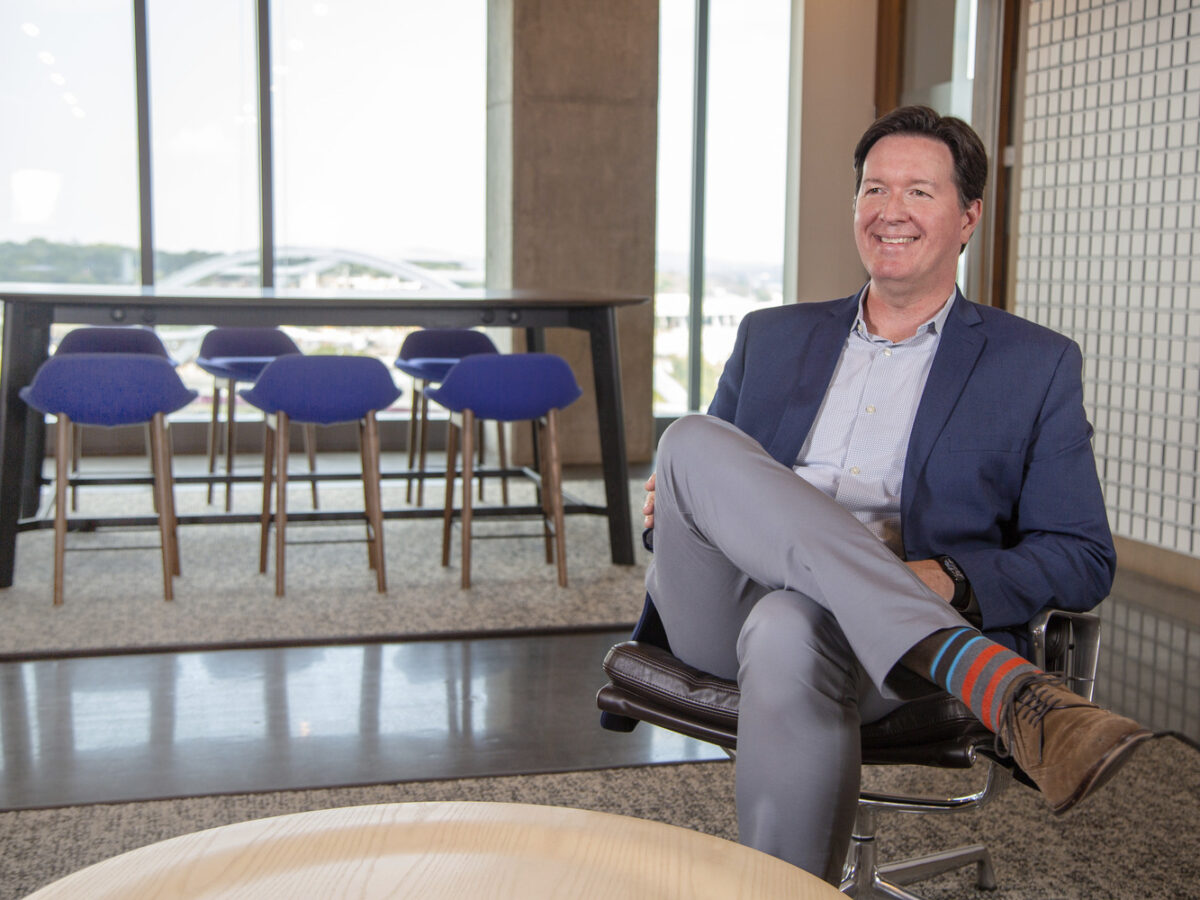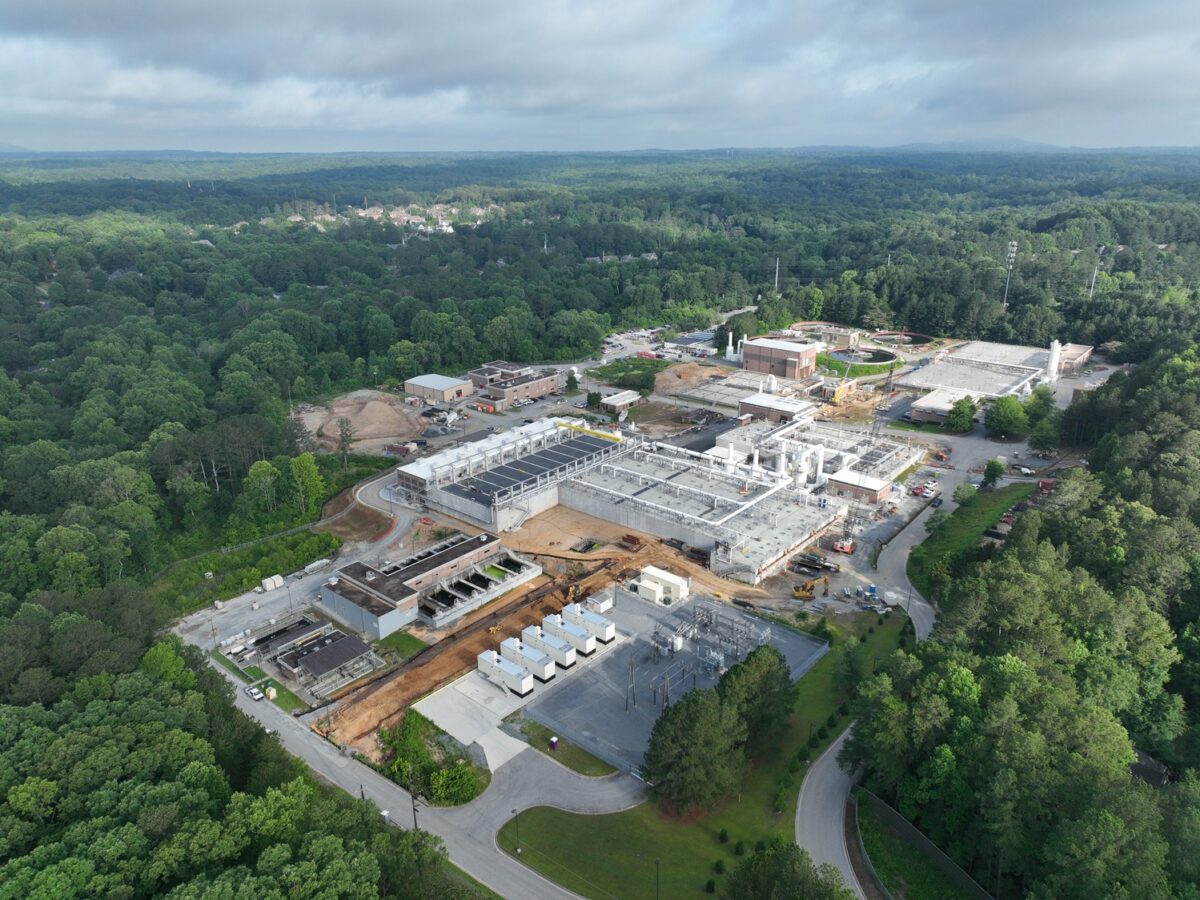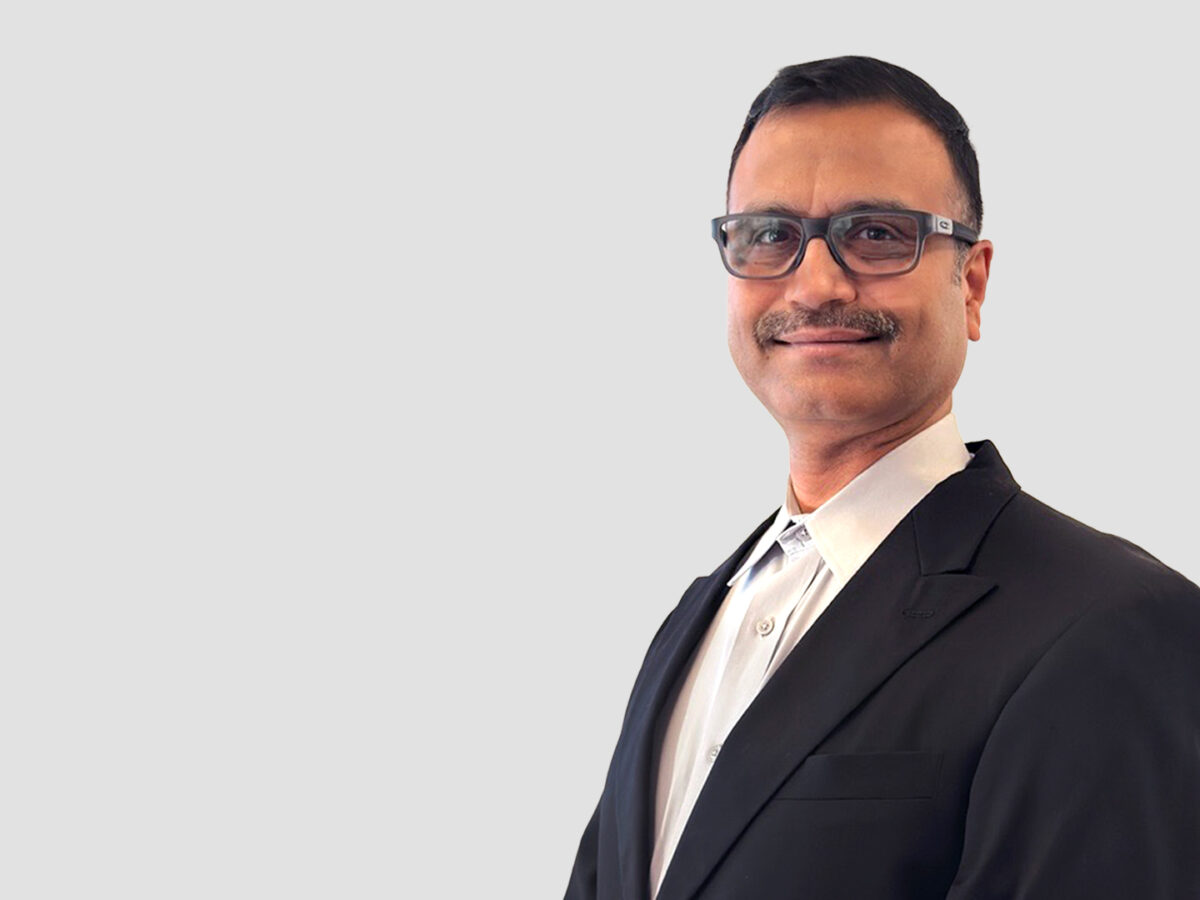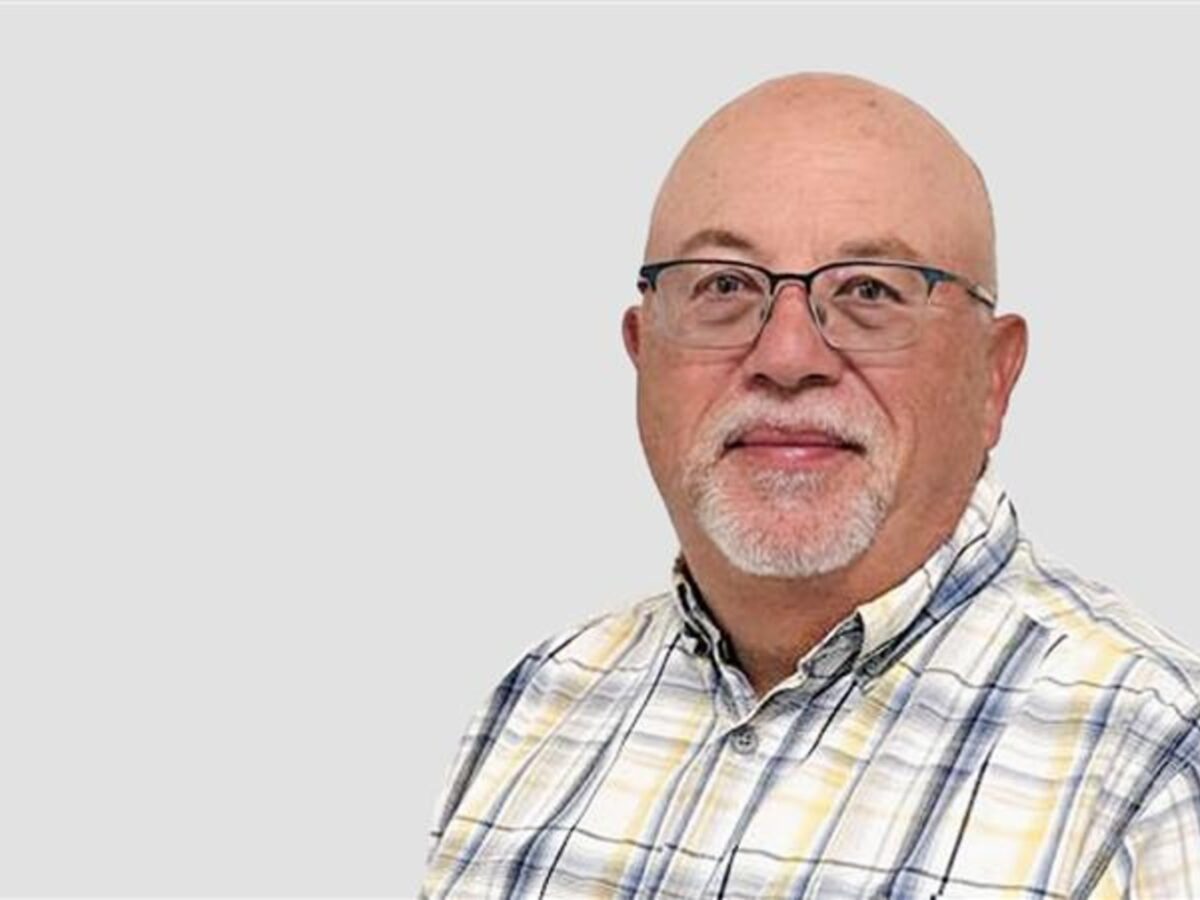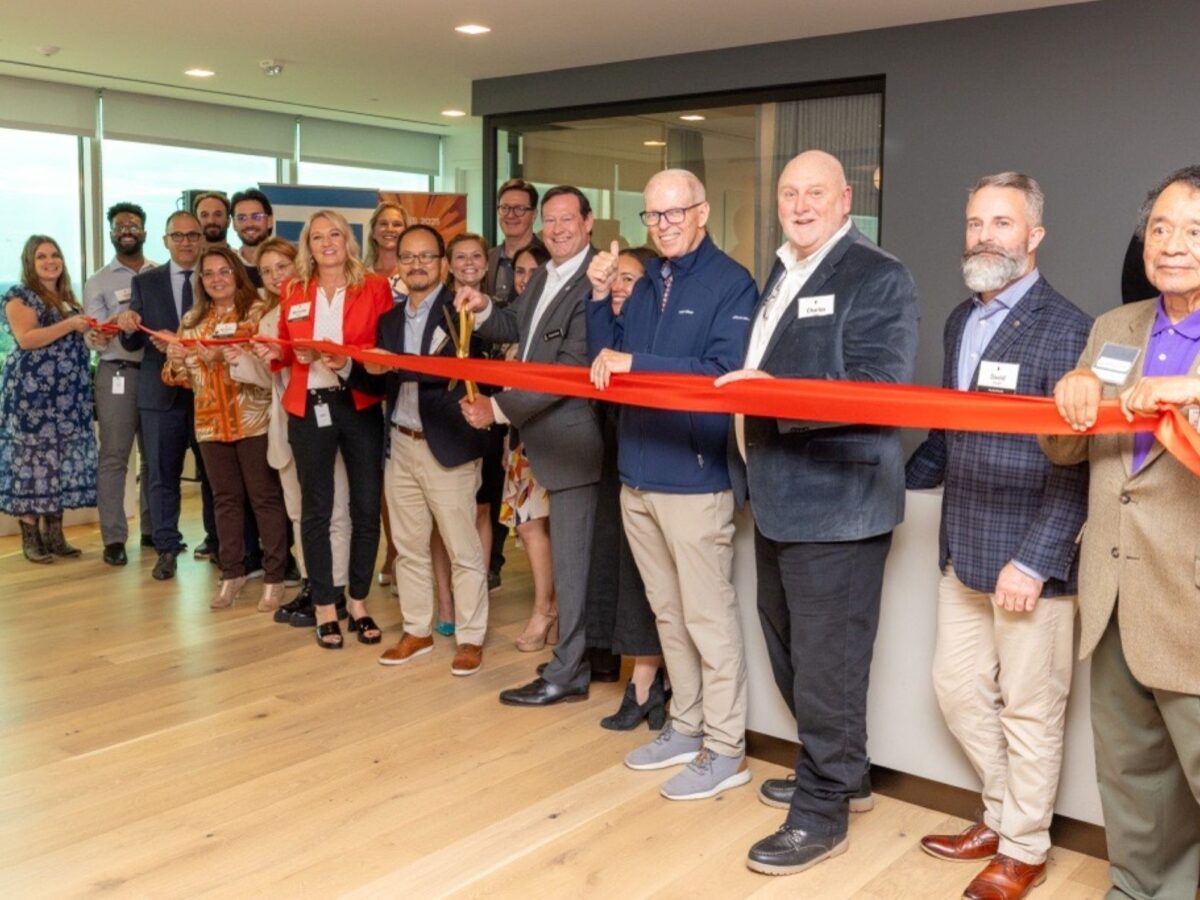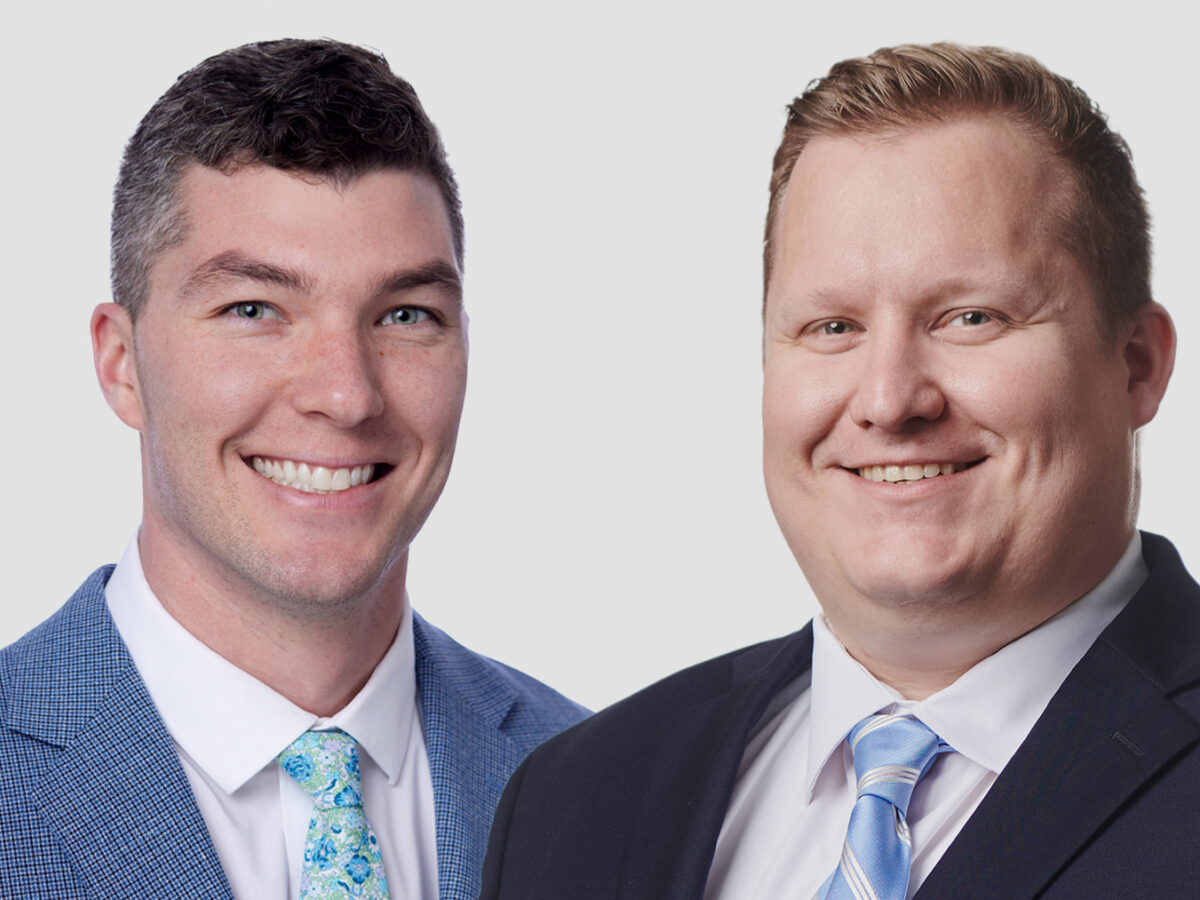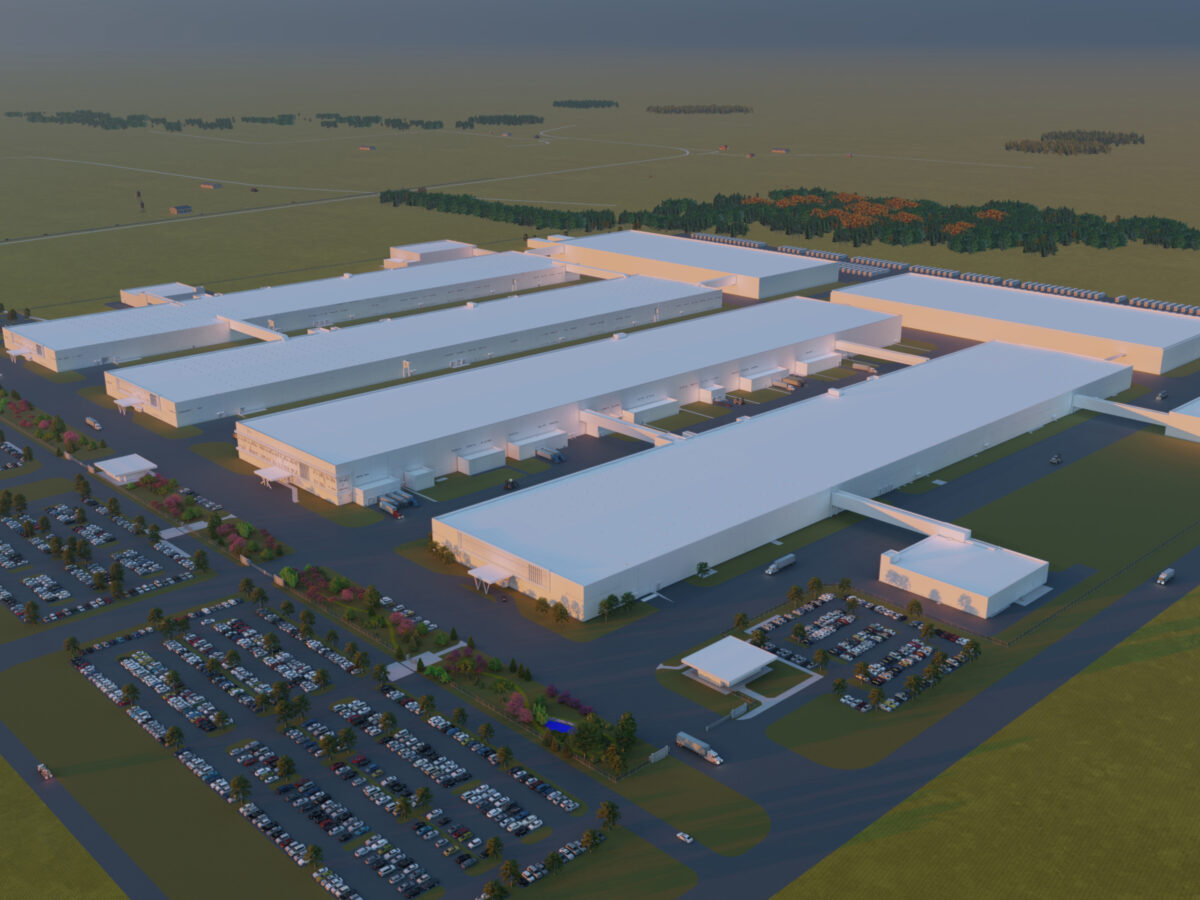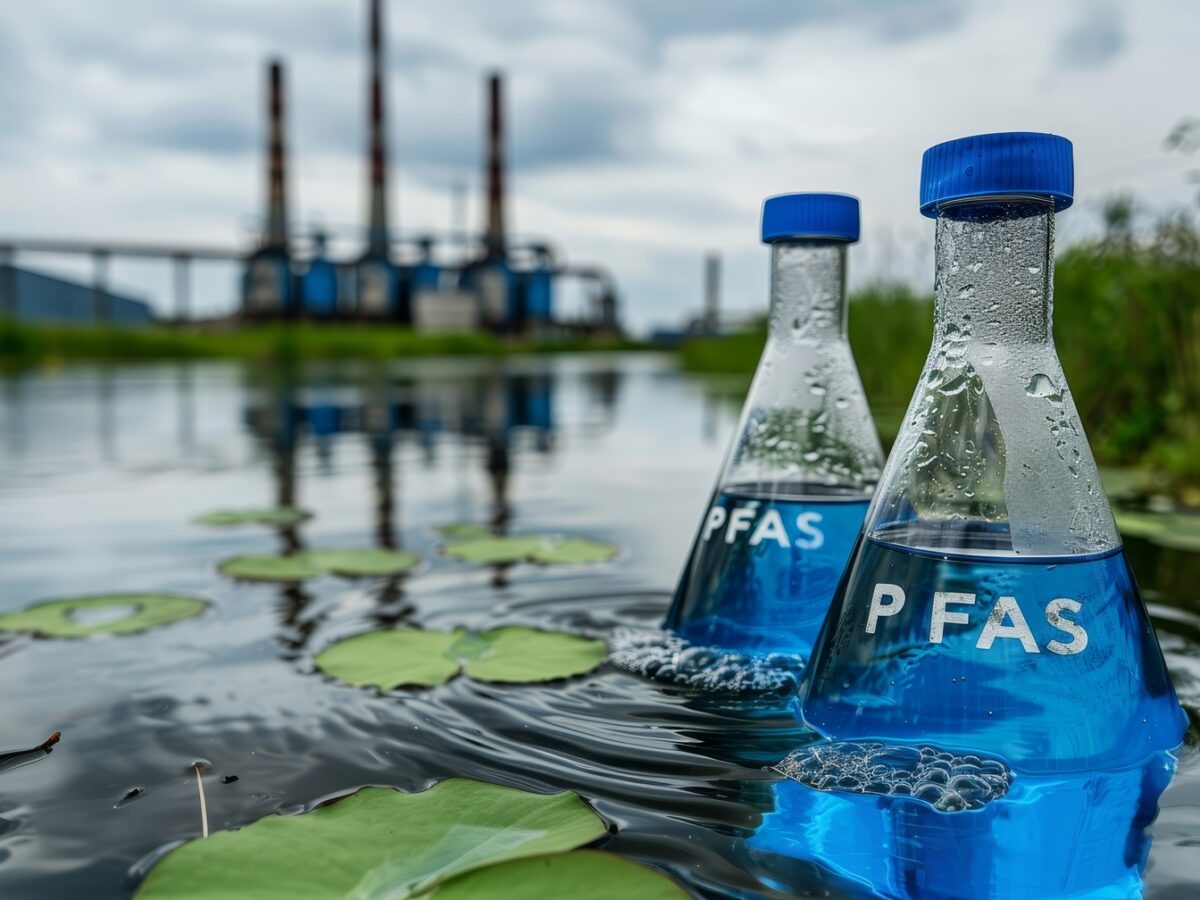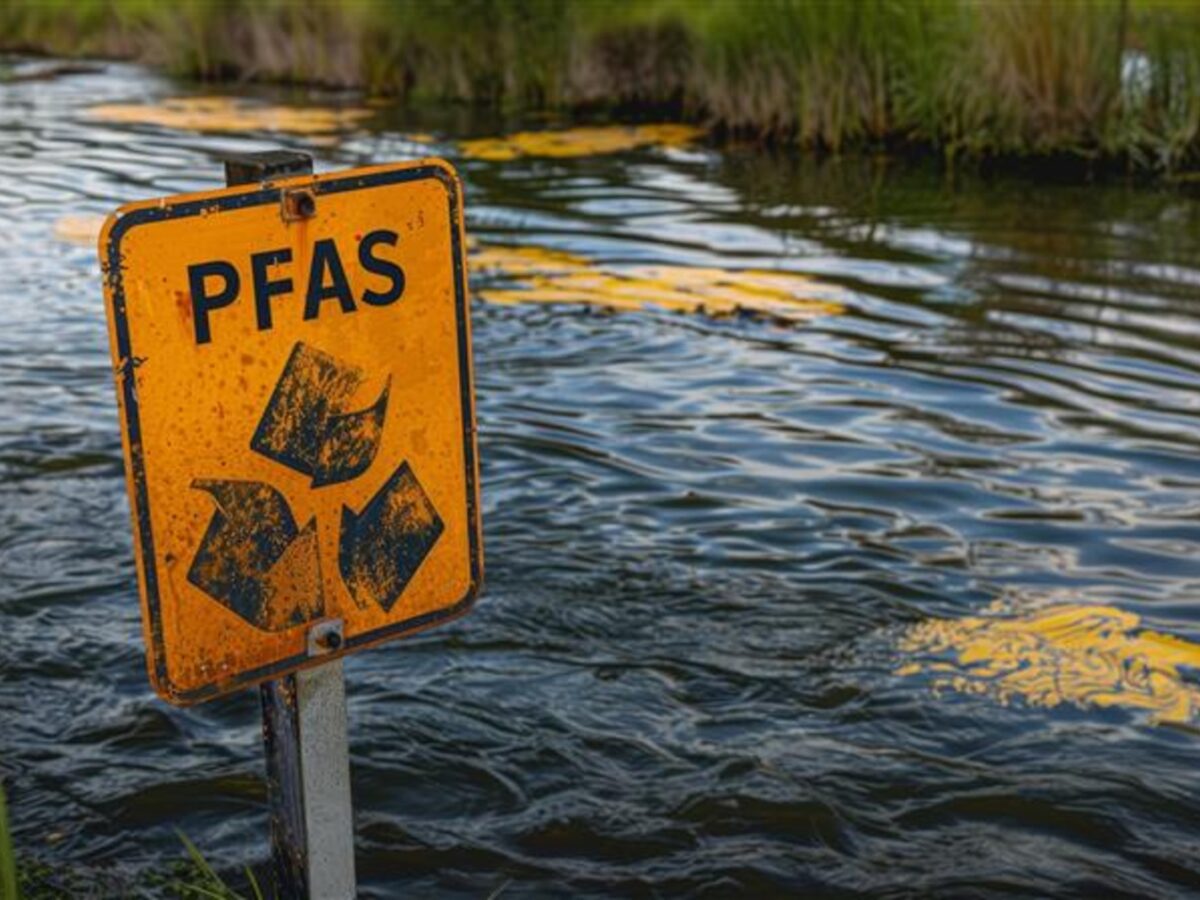Gresham Smith is proud to announce that several Gresham Smith Water + Environment experts will present at the KY/TN Water Professionals Conference (WPC), held in Knoxville, TN, next week. Our team’s seven presentations will focus on a range of topics including sustainable approaches to AI and data centers, wet weather storage facilities, collection system master planning, destructive technologies for PFAS, and more. Summaries of the presentations are below.
Stick It Where the Sun Don’t Shine: A Challenging Design for an Underground EQ Basin for Memphis, TN | Presented by Justin Avent, P.E., and industry colleagues
This presentation outlines the design and construction challenges of an underground linear equalization basin and conveyance upgrade in the Fletcher Creek Basin for the City of Memphis. The project includes a 1 MG underground storage basin that increases system capacity and helps prevent sanitary sewer overflows. Originally proposed as an above-ground facility, site conditions allowed for a gravity-fed underground design, removing the need for pumps and reducing operational costs. The design faced constraints due to flat terrain, limited available space, and environmental buffers, restricting basin water height to 7.25 feet. In addition, the project replaces a 24-inch conveyance line with 3,450 LF of new 42-inch pipeline, involving both open-cut and jack-and-bore methods. Routing through a complex utility corridor—housing major gas lines, electrical facilities, and water infrastructure—required precise alignment and coordination. Crossing Fletcher Creek added further technical and regulatory challenges, requiring low-slope installation and TDEC collaboration.
A Gallon of Water for your Query: Sustainable Approaches to Quenching AI’s Thirst | Presented by Diana Chumak, P.E., and Camille Colter
Artificial Intelligence (AI) and applications like Chat GPT mimic human intelligence via machine learning, using vast computing power in data centers to train and operate these systems. While having a superficial association with “clean technology”, AI has a very large carbon, energy, and water footprint. If innovative solutions for water use are not implemented, these facilities can strain local water systems and utilities. This presentation will explore the rise of data centers in the US and their impact on the environment with a focus on water. This includes discussing how water footprint is determined and methods to manage and reduce the water demands associated with data center operations, such as water reuse. We will examine current facilities, public perception, and industry transparency. As the demand for AI increases, it is essential for data centers to mitigate their resource intensity and the impact on the communities they are a part of. By the end of this presentation, attendees will have gained an understanding of data centers in the US, the water resources they need to operate and the innovative approaches to using these resources more sustainably. This knowledge will lead to creative solutions to water management and supply challenges on data center projects and support sustainable and resilient operation of these facilities within their communities.
Wet Weather Storage Facility Construction Challenges in Clarksville, Tennessee | Presented by Amanda Dobbs, P.E., and Brittany Bishop, P.E.
Clarksville, Tennessee—one of the nation’s fastest-growing cities—has seen a 15% population increase in five years, straining its aging wastewater infrastructure. Frequent SSOs in the New Meadowbrook sub-basin, primarily due to I/I and wet weather, prompted the City to construct the New Meadowbrook Wet Weather Storage Facility. Completed in late 2023, the facility includes a diversion structure, pump station, and 1.25 MG prestressed concrete tank. This presentation focuses on construction challenges, including a constrained site footprint surrounded by floodplain and divided by Fort Campbell Blvd., extensive bypass pumping near an active pump station, and significant electrical equipment delays due to COVID-19. Lessons learned and strategies used to overcome these issues will be discussed to showcase the project’s successful delivery.
Taking the “Forever” Out of “Forever Chemicals”: A Review of Destructive Technologies for PFAS | Presented by Brian Yates, P.E., and Abhi Nair
Per- and polyfluoroalkyl substances (PFAS) are persistent, human-made pollutants found in various consumer and industrial products. Linked to serious health impacts—such as cancers, thyroid disease, and pregnancy complications—PFAS are now regulated by agencies like the EPA due to their environmental persistence and resistance to degradation. This presentation reviews emerging technologies for PFAS destruction, focusing on methods with strong potential for full-scale implementation. Technologies evaluated include electrochemical and photocatalytic oxidation, plasma treatment, sonolysis, supercritical water oxidation, and advanced chemical and biological methods. Each is assessed for treatment efficacy, scalability, cost, and environmental feasibility. The findings support integrated, multi-technique approaches to overcome individual limitations and provide effective, sustainable solutions for mitigating PFAS contamination.
Mastering the Plan – Best Practices for Collection System Master Planning | Presented by Kyle Pattison, EIT
Communities with aging wastewater infrastructure and growing populations face challenges in maintaining reliable service. One proven solution is developing and periodically updating a system master plan to prioritize improvements based on system needs and funding availability. This presentation highlights key components of effective master planning, including hydraulic capacity assessments for dry and wet weather, asset condition evaluations using tools like CCTV and flow monitoring, and integration with asset management programs. These efforts support the creation of a Recommended Action Plan that aligns priorities, costs, and projected growth, guiding decisions on rehabilitation, capacity upgrades, and consolidation projects.
Mitigating the Risk as SARP10’s Program Manager at Risk (PMAR) | Presented by Scott McAmis, P.E., and industry colleagues
Managing a Consent Decree program effectively demands efficiency, stakeholder collaboration, and reliable communication due to regulatory deadlines, complex project scopes, and political oversight. In 2012, the City of Memphis selected Black & Veatch, along with partner firms, to lead the Sewer Assessment and Rehabilitation Program (SARP10) in response to an EPA Consent Decree. The City’s wastewater collection and transmission system includes roughly 2,800 miles of gravity sewer, 85,000 manholes, 100 lift stations, and more than 300 siphons. Under SARP10, the team is responsible for condition assessment, prioritization, and rehabilitation to reduce sanitary sewer overflows (SSOs). A standout feature of Memphis’s approach is the use of a Program Manager at Risk (PMAR) delivery model, with Black & Veatch’s construction subsidiary, Overland Contracting Inc. (OCI), managing all construction, procurement, and advertisement activities. This structure—less commonly used in similar consent decree programs—has enabled the successful delivery of nearly $200 million in construction to date. This presentation will discuss the benefits of the PMAR approach, such as flexibility, improved coordination, and reduced owner risk—as well as the challenges, including quality control, safety exposure, and increased staffing demands. It will also highlight how the team has refined its approach through experience to sustain long-term success.
Bridging the Gap: Modeling Solutions for the Complex Brent Spence Bridge Corridor Project | Presented by Diana Chumak, P.E., and Nik Reddy, P.E.
The Brent Spence Bridge (BSB) Corridor Project, commissioned by the Ohio Department of Transportation (ODOT) and the Kentucky Transportation Cabinet (KYTC), aims to enhance the Interstate-71/Interstate-75 (I-71/75) corridor by widening the highway and constructing a companion bridge over the Ohio River. A critical component of this three-phase Design-Build project involves meeting environmental commitments by diverting all interstate runoff from the BSB corridor’s combined sewer system into a newly constructed stormwater trunkline. This presentation will focus on the combined sewer modeling conducted in Autodesk InfoWorks ICM and the stormwater modeling using Autodesk Storm and Sanitary Analysis (SSA). Key topics include the project’s initial objectives, stakeholder challenges, scope expansion, model calibration with incomplete data, and the complexities of adhering to a Design-Build schedule, as further described in the learning objectives below. Learning Objectives: Integrate model development timelines and goals within a progressive Design-Build schedule. Implement calibration techniques to address challenges posed by incomplete or limited data and establish criteria of an acceptable level of model calibration for the combined sewer detailed model in ICM. Describe the coordination of ICM and SSA models to support analysis and guide solution design. Develop stakeholder-aligned solutions to mitigate flooding issues within the BSB Corridor Project.
More information on the KY/TN WPC can be found here.

